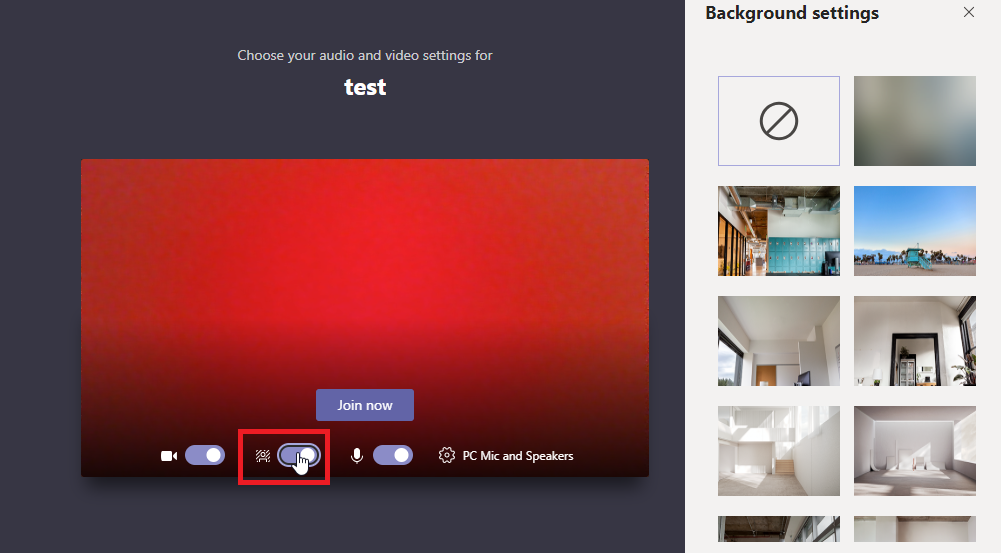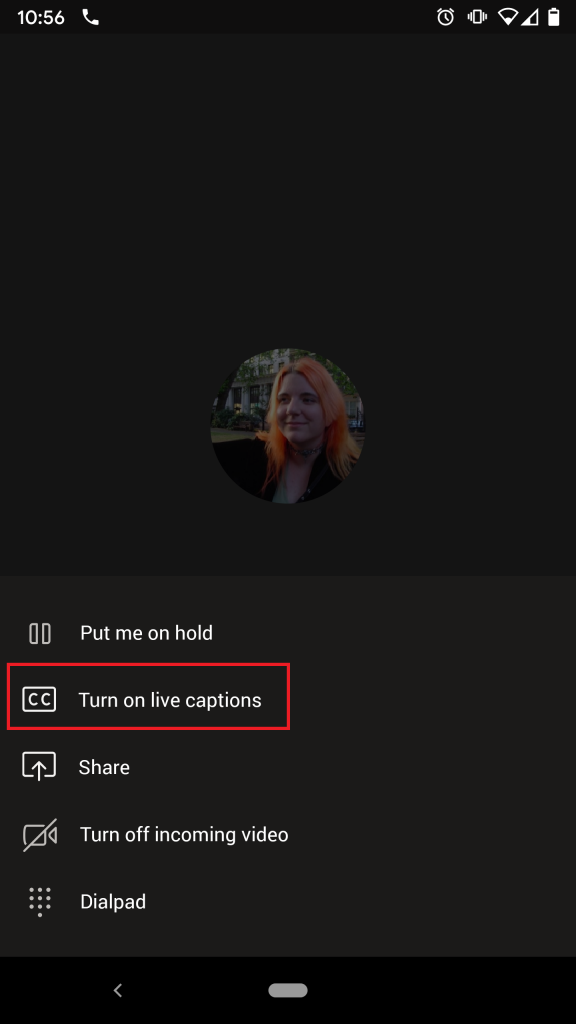We use design documents at work to ensure a clear understanding between the requestors, product owners, and developers. There’s a request document that outlines what they’re looking to accomplish, we produce a design document that outlines what we’re doing and how that will be accomplished. External dependencies use the design document to implement their required services — if I have a design document that says I’ll pass x (required), y (required), and z (optional) to a WSDL and end up with an object in the application database where a=x, b=y, and, optionally, c=z … they’ll whip up an endpoint that takes the parameters, performs the required actions, and builds the object I need. Once everyone is in agreement that it’s what they want, it’s reasonable (security, ROI), and possible … developers get to work. Tests are built against the documented functionality, and we know we’re done when the tests pass. If the users want something changed, the design document is amended, a quick feasibility/reason-ability review is performed, and development work commences.
I thought of this process after observing some people push PRs for major overhaults into a few open source projects only to have the PRs rejected as, essentially, not the direction “we” want to go. On the other extreme … I’ve made some changes to open source apps — in some cases, those were bug fixes, and I’ve pushed the changes back to the main project. But, when I’ve changed functionality. I’ve made those changes to address a specific need I have, and I leave the changes in my own fork. Which has the detriment of, potentially, not providing useful functionality to the main project. While it’s perfectly reasonable to put a lot of time into a major change that you need anyway (and, potentially, offer those changes back to the community) … it is terrible to put a lot of your time into something for someone else and have it rejected. And while not engaging with the project maintainers to see if they’re interested in my derivative work saves effort for me, it reduces innovation (how many people actually run through all of the forks of a project to see if anything ‘interesting’ happened elsewhere?).
Obviously, the answer isn’t for projects to accept effort just because it’s a significant investment on the contributor’s part — there should be some mechanism for ensuring what you’re about to delve into is something the project maintainers actually want. Which is what made me think of the design documents we use at work.
If a project had a design document that detailed what it waned to do, how it was doing it, and potentially a section for desired future features and functionality … it would provide a guideline to anyone looking to contribute. A change that doesn’t impact functionality (e.g. a bugfix) can be worked on and submitted for inclusion in the project as occurs normally. If you want to change something about how the application works, you first submit a PR against the design document. Outline what you want to do, how you want to do it … maybe even a quick mock-up (I use Pencil Project for mock-ups where I’m uncertain the final project will be approved, HTML web code when I know the project is a go and want a head-start on my development … but I also accept the risk that I ‘wasted’ a few hours building the design document wireframe if the project gets dropped). Want to work on one of the ‘desired future’ items? Modify the design document to include that functionality and how it’ll be implemented. Discussion about the approach refines what you’ll actually be doing, and you’ll understand if the project maintainers are interested in your contribution before dedicating hundreds of hours to development.
Some projects are interested in “bugfixes only” — which can be stated in the contributing guidelines. In this example, I developed a quick script to produce in-scope user lists. I don’t want to include other details about the identified users, I don’t want to find the first n levels of reports, etc. It’s exactly what I needed, and I’m putting it on GitHub as an example — using Python to search an LDAP directory and using recursion with back-linked attributes.
Projects that are open for collaborative contributions, though, can include the design document location in their contributing guidelines. Initial contributions are made against the design document, discussed, and approved or rejected. Once approved, code can be developed to the new design.

















